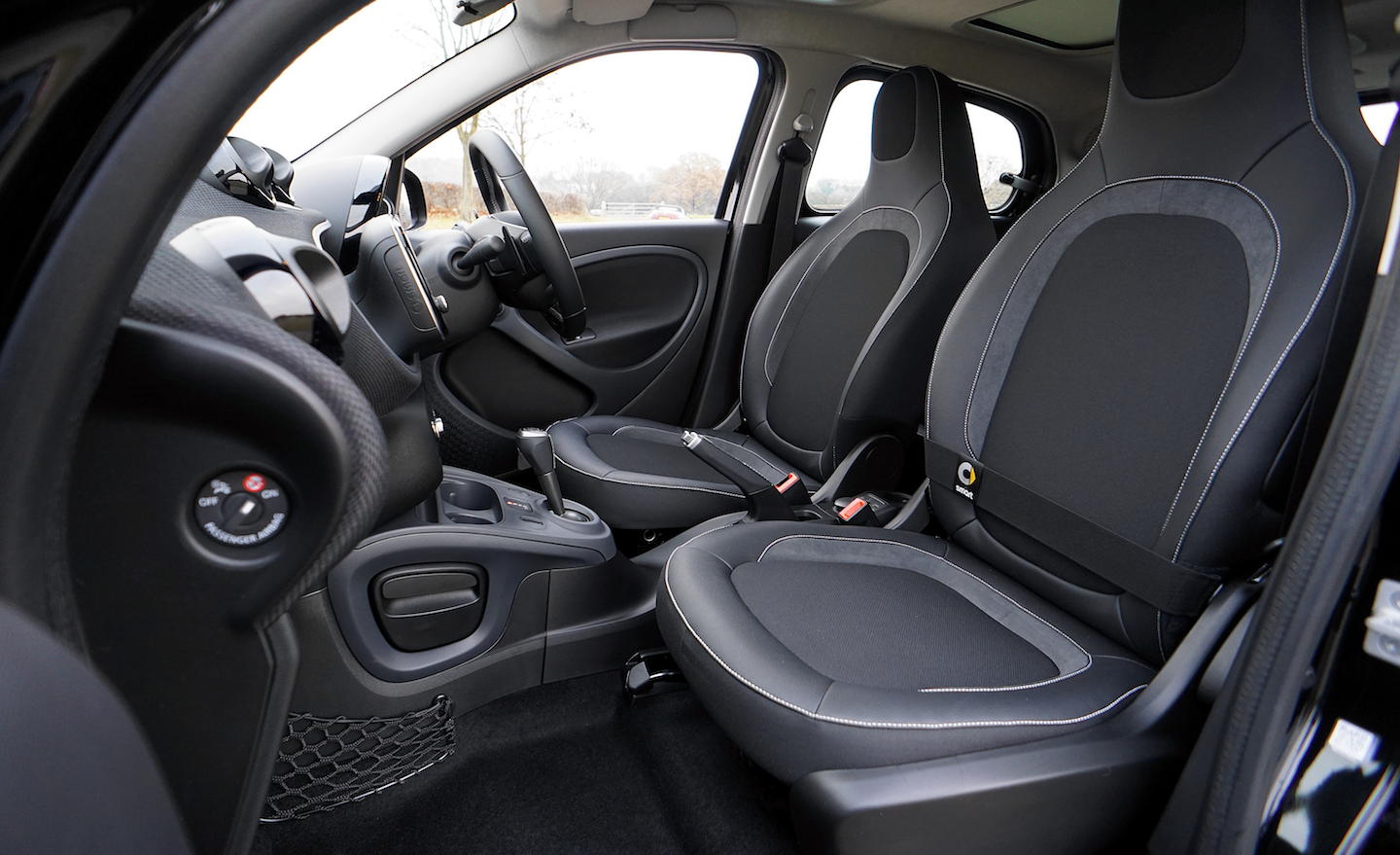
All Washed Up: Cleaning a Flood Damaged Interior

We all want to keep our vehicles on the road as long as possible, but sometimes Mother Nature has other plans. Flood-damaged used cars have a terrible reputation, but that’s mainly due to incorrect action on the previous owner’s part. If your vehicle recently suffered water damage, it is fixable if you act quickly. The unexpected happens. Here’s how to deal with it.
DISASSEMBLY
If the weather cooperates in the days after a flood, park in a safe place unobstructed by trees or buildings to allow sunlight to hit the vehicle all day. Open everything: doors, hood, trunk, t-tops, vent windows, glove box, everything. The goal is to get the vehicle dry as quickly as possible, so let nature do some of it for you. If you have rain headed your way, do this step in a garage.
Once your vehicle is open, start by removing everything from the interior, including the carpet. This seems like a daunting task but is surprisingly easy with some patience. Consult a repair manual for steps, but odds are the front seats remove with just four bolts, and two bolts for each rear seat. For safety, the bolts are usually torx-style and cranked down with thread locker. An impact wrench will make quick work of them, but a standard ratchet can get the job done if you have Popeye’s forearms. With the seats out of the way, use a trim removal tool to carefully remove any plastic trim. Use this same tool to remove the door panels. A flat screwdriver can work, too, but you risk breaking trim pieces. Taking apart the dashboard will vary by the vehicle’s age and manufacturer, but expect to use a few different sizes of sockets, screwdrivers, and trim removal tools.
QUICK DRYING
With the interior removed, it’s time to dry out the cabin. Run an extension cord or two to your vehicle, and set up a box or oscillating fan. Or both, because just like horsepower, there is no such thing as overkill here. The more airflow you have, the faster it dries out, and the less rust and mold you have to deal with later. If you have another power source, run a heat gun (or hair dryer in a pinch) and hit the areas that will take longer to dry, such as door internals and seats. Yes, you can skip drying the seat-belt buzzer and leave that annoying thing to rust. The interior should dry in just a few hours, and then it’s time to get cleaning.
CLEANING EVERYTHING
Flood damage is far more than water, as everything from mud and silt to trash, aquatic plants, and even fish can end up inside your ride. It’s now dry but still a huge mess, so tackle each section at a time.
Plastic
Interior plastics like the door handles and center console buttons are very forgiving. You can use dedicated interior cleaners, your average exterior car wash soap, or even dish soap if that’s all you have. Use whatever you have on hand—just get them clean and dry.
Carpet
Vehicle carpet gets dirty just through everyday use, so there are many carpet cleaners designed to solve your issue. Instructions vary, but usually it’s a simple spray on, let sit, and wipe off deal. Some are a little more labor intensive and call for or come with a stiff brush to help work the cleaner into the carpet. Repeat the steps as needed. If you can’t get the carpet 100 percent clean, or if it’s seen better days (or decades), fitted replacement carpets are your solution.
Upholstery
Cloth seats can often be cleaned with the same carpet and upholstery cleaners mentioned in the above step. You want to use upholstery cleaner on the seats, armrests, and basically anything cloth, due to the need to gently lift stains and prevent mildew odors. Upholstery cleaner can do that; dish soap can’t.
Leather seats have a few different requirements. Use a leather cleaner to prevent stains on the seats. If your spray isn’t a 2-in-1, spring for the separate leather conditioner as well. It’s an extra step but worth it to restore that factory-new feel.
Steel
Iron and steel rusts slowly just being out in the open air, but the process speeds up dramatically when exposed to water. Oxygen molecules bond to the metal, changing it into a much weaker oxide we call rust. Just knowing how the process works, we can take some steps to prevent it.
In an empty vehicle interior, lay down a coat of baking soda. Yes, the $1 a box stuff from the grocery store. Cleaning and drying a steel part temporarily slows rust, but baking soda is alkaline and extremely dry, which massively inhibits rust formation. Of course, you now need to get rid of the baking soda, and a standard shop vac works well here.
Painted metal can be cleaned with any mild detergent, such as an exterior car wash soap, interior cleaner, degreaser, painted wheel cleaner, dish soap, or even our favorite hand soap. Use what you have.
WRAP UP
With everything clean and dry, it’s time to put it all back together. Once you’re done, throw a bulk pack of moisture-absorbing silica gel packets in the trunk and under the seats. When the vehicle warms up and tries to get steamy, the packets absorb the moisture, rather than any exposed metal. As a final step, take a look at odor-eliminating sprays that can keep the interior smelling like a new car instead of a swamp.
